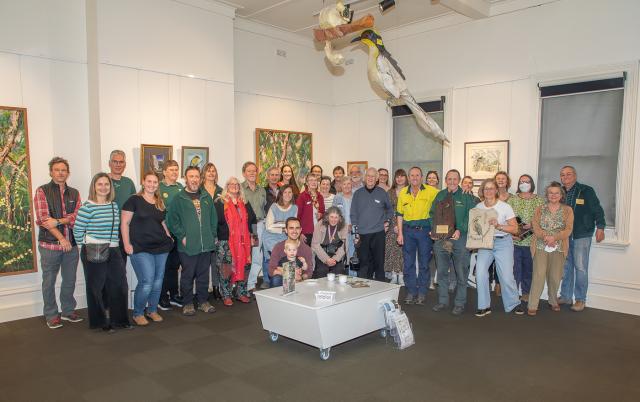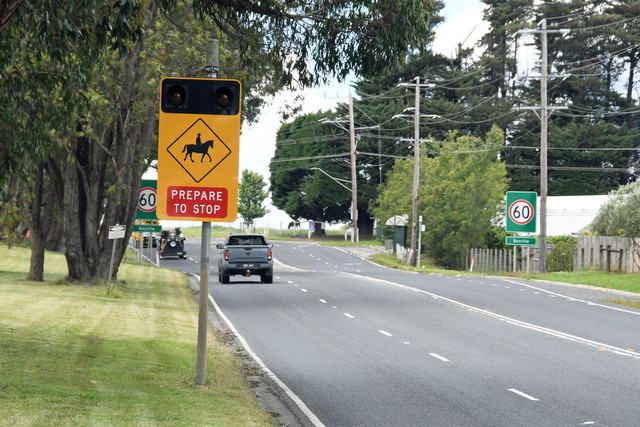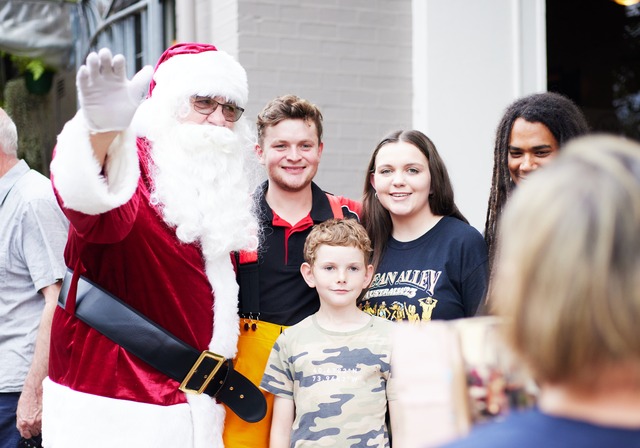The Helmeted Honeyeater has had a species-saving turnaround in the last few decades and one man who has had a big hand in this improvement was recently recognised by his peers.
Senior Ornithologist in the Helmeted Honeyeater Recovery Program at the Department of Energy, Environment and Climate Action (DEECA) Bruce Quin has hit a 30-year milestone in his career helping the threatened species.
Mr Quin said it was in mid-1993 that he was first employed as a field ornithologist in the recover program.
“As time progressed, I became the senior ornithologist for the recovery program as well as overseeing the Yellingbo field program, so took on all the admin duties but was still very well involved in the hands-on area,” he said.
“It’s been a big thrill to see the rise in the population though we still know we’ve got a long way to go because having 250 birds in the wild is still a dire situation.”
On Sunday 30 April, friends and colleagues of Mr Quin gathered at the Plight of Our Faunal Emblems exhibit at the Yarra Ranges Regional Museum to celebrate all that he has achieved.
Mr Quin said part of the thrill of working in the program has been working with lots of other organisations and learning from them.
“The teamwork is critical because each organisation has its own area of expertise, but we’re all working for a common cause, and that’s to restore and enhance the habitat and numbers of Helmeted Honeyeaters across the landscape,” he said.
“The birds had their backs against the wall because of the Millennium drought and Black Saturday and we learned a lot of lessons from that, it feels like it has been a battle to get the birds to 250.”
In 1990, just three years prior to the beginning of Mr Quin’s career, Helmeted Honeyeaters reached a record low of only 50 in the wild.
Mr Quin said he is planning to spend at least five more years in the field.
“I’m still highly motivated and thrilled by my role and it’s been a real privilege to work with so many really talented and experienced people and of course, with the birds themselves, which keep me so occupied,” he said.
“It’s almost a seven-day-a-week but not quite 24 hours a day job because they do sleep, but it’s been my life for 30 years and I’m planning for that to continue for at least another five years, possibly longer, depending on how long I can last because I’m not a young man anymore.”







